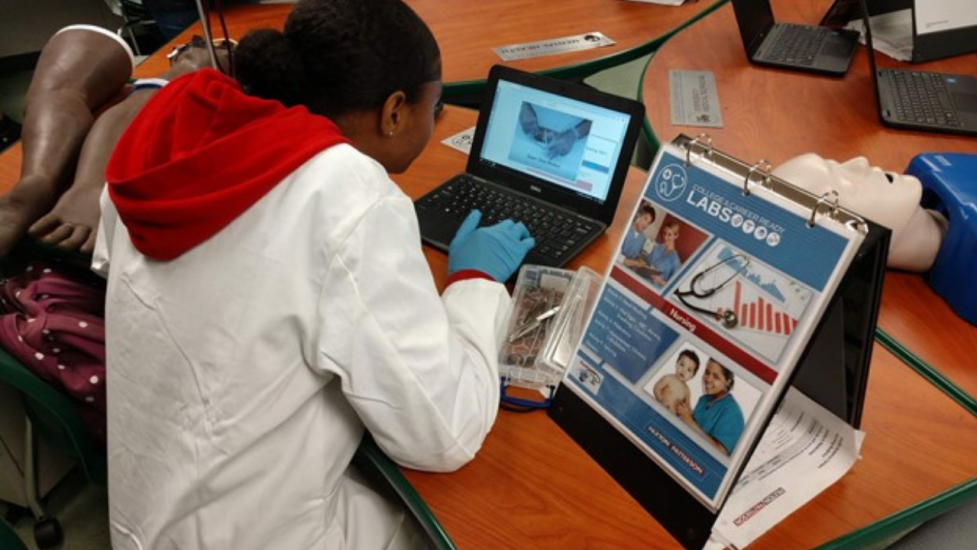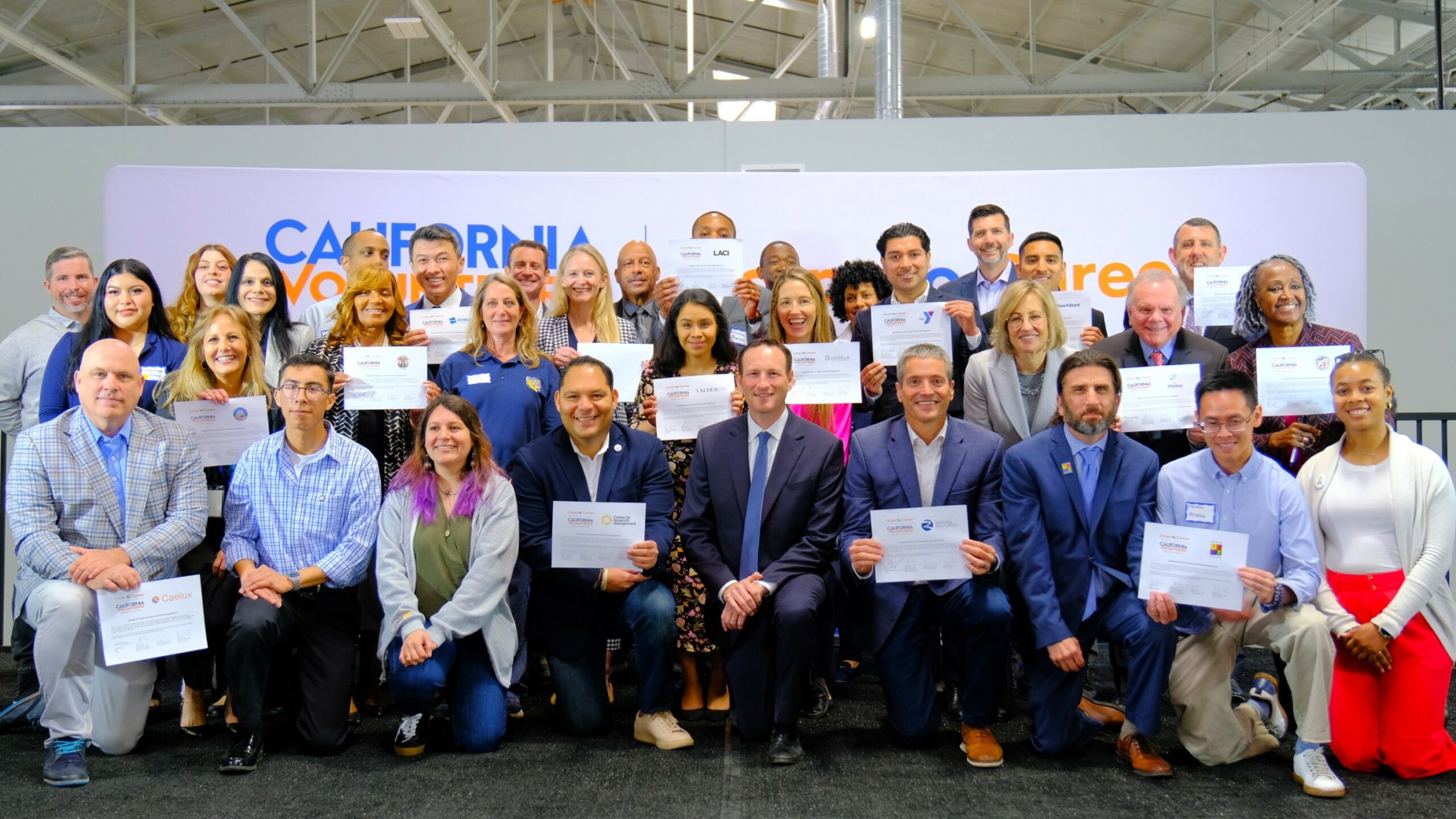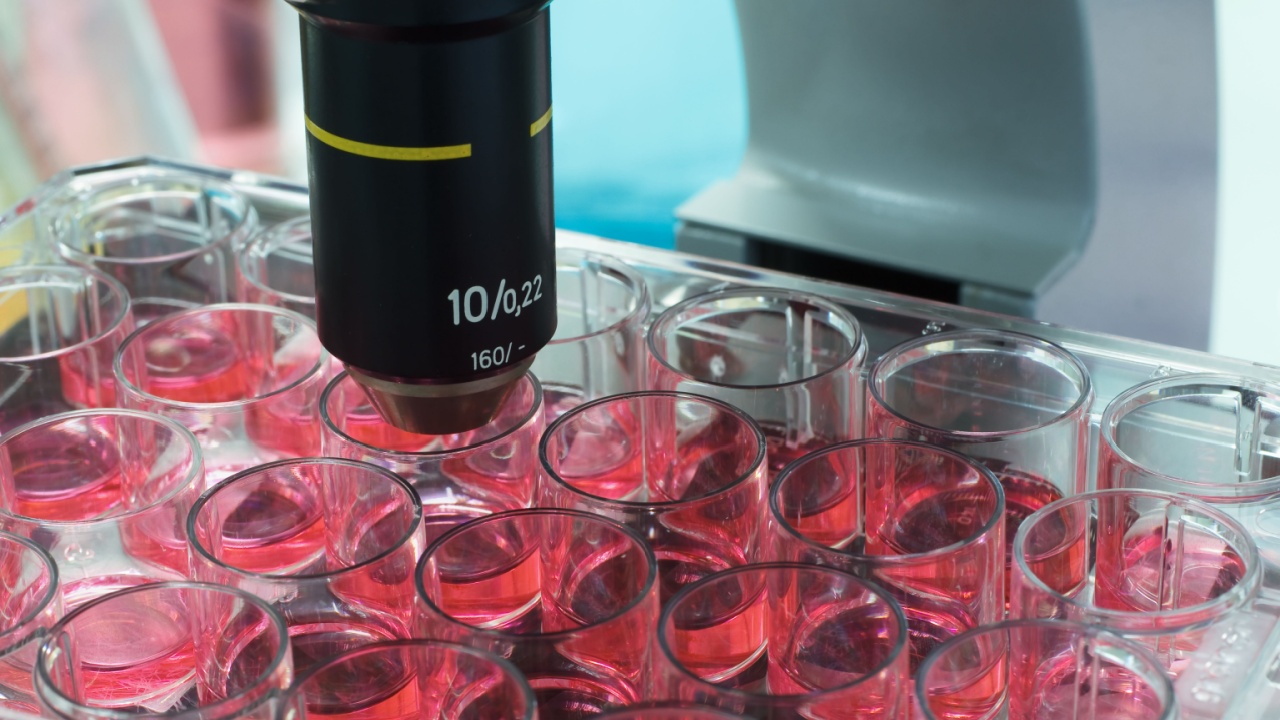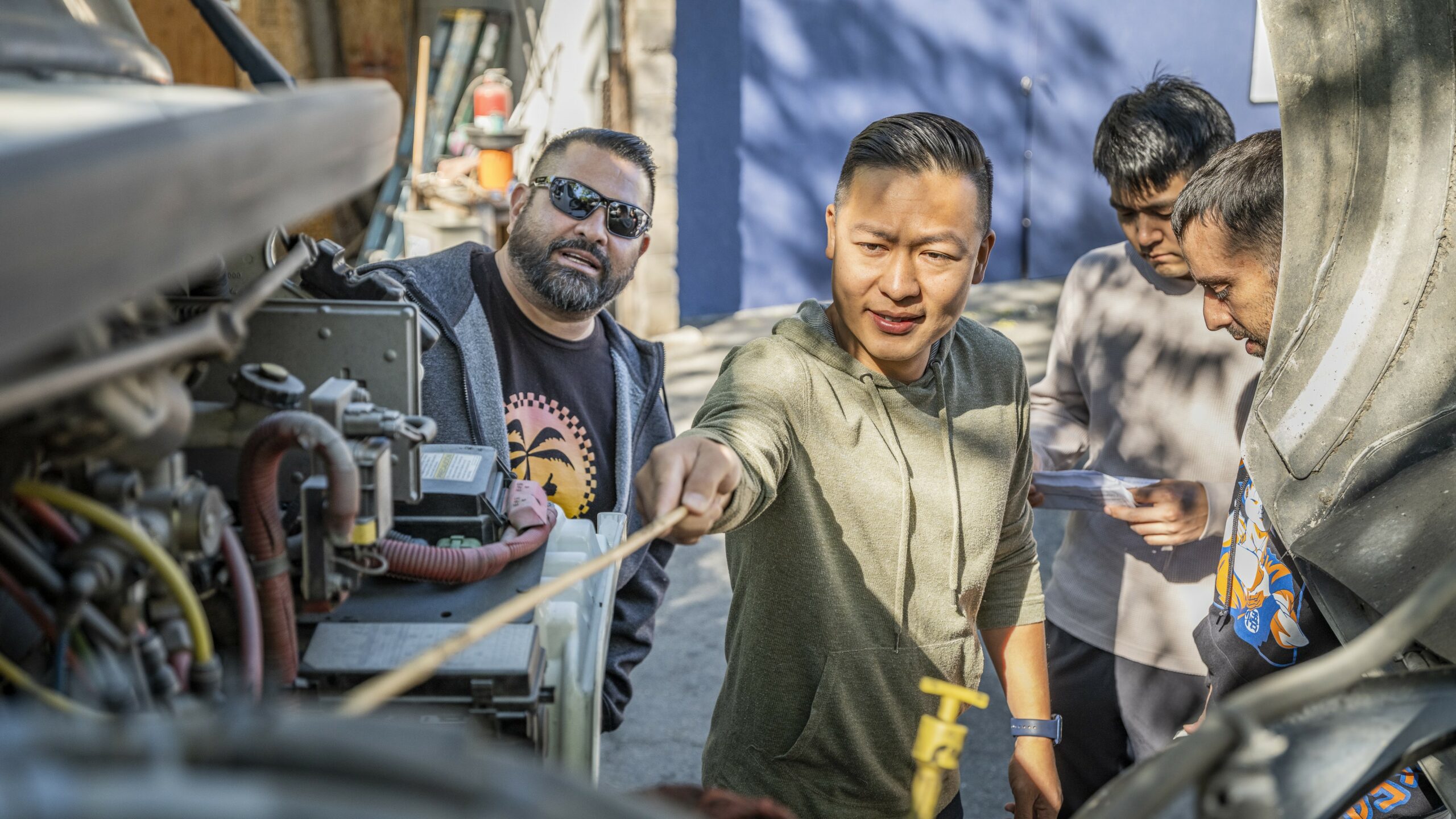Like many school districts across the country, the Oakland Unified School District in California, which serves about 36,000 students, faced the dilemma of how it could transform its high schools in order to engage students and boost graduation rates. It also aimed to prepare students for meaningful careers.
Oakland Unified’s answer was to create pathways for students to different careers by combining classwork with hands-on learning and real-world work experiences. As a result, the district has seen its graduation rate climb from 63% to 73% in the last five years. Among the 13 pathways available – Building & Construction Trades, Engineering & Design, and Marketing, Sales & Services.
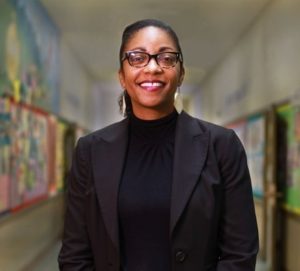
“What we’ve seen is that students who are in pathways tend to have better graduation rates and go to college at a higher rate.
“And we are seeing that trend break down in terms of equity when we look at the performance of our African American students, Latino students, special education students, even our newcomers and English language learners. That’s really the idea behind it,“ says Superintendent Kyla Johnson-Trammel, Ed.D.
The district has a diverse population with 72% of students being eligible for free and reduced lunch.
Investing in the Community
A key partner with OUSD is the Linked Learning Alliance, a nonprofit organization with a mission dedicated to the success of young people. The organization works with educators, employers, and community organizations to achieve its goal.
Anne Stanton, president and CEO of Linked Learning Alliance, says the pathways program works to dismantle the idea that students will either go to college “or” have a career. Instead, she says, the emphasis is to prepare students to go to college “and” have a career. Stanton says equity is the core goal.
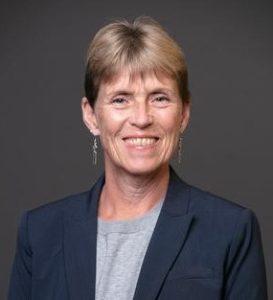
“I would say it’s the North Star. That might be an overused term, but I think part of what we were trying to do when we started the work was to get away from this ‘or’ conversation, the sorting mechanism of which kids are prepared for what. We just wanted to totally blow that up,” says Stanton.
Carrying out that vision of preparing students for both college and careers requires partners and resources. The Atlantic Philanthropies provided a grant, and a ten-year revenue stream comes from Measure N, a parcel tax approved in Oakland in 2014.
Among the popular pathway options, Oakland’s high school seniors rank the Oakland Health Pathways Project as their top career choice. With the OUSD partnered with the Alameda Health System, the Alameda County Health Care Services Agency, and some area hospitals, it’s estimated 100 students complete health-related internships each year. Across all pathways, the number of internships, annually, is about 1,000.
The number of students participating in the health pathway has more than doubled in its first four years.
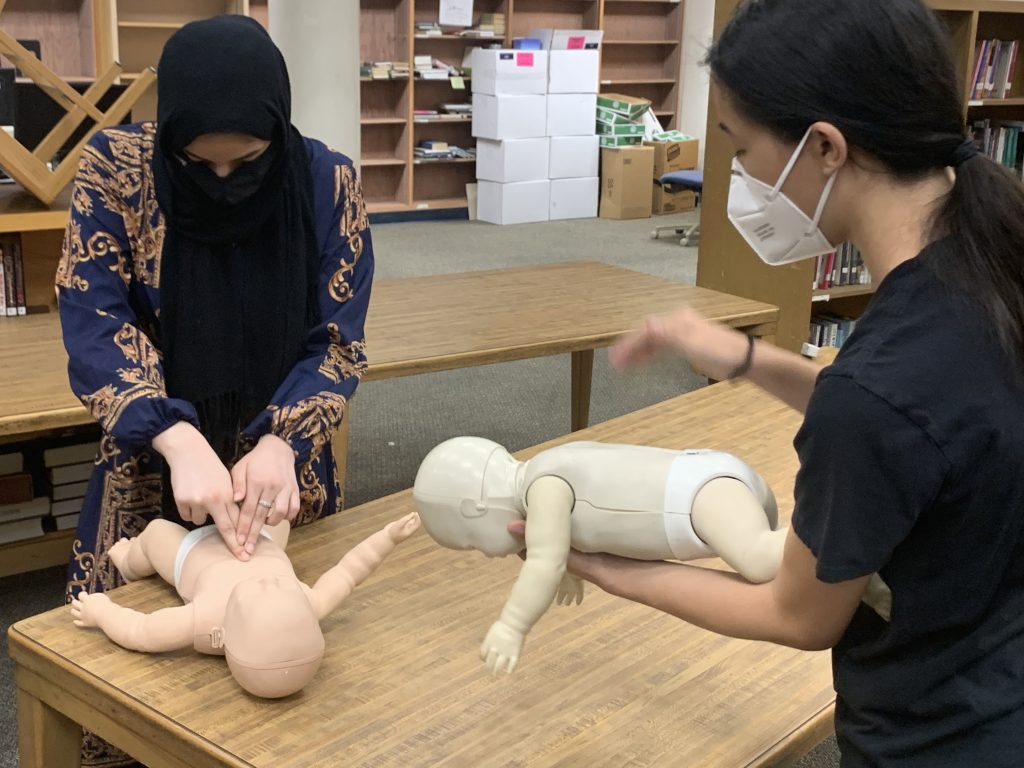
“There’s been so much mentorship and rich experiences that really help the subject areas of math and science come alive, and really help kids start to think about all the various careers that are in the health field,” notes Superintendent Johnson-Trammell.
And careers in the health field are growing. Roughly 2.4 million health care jobs are expected to be added in the ten-year period ending in 2029. That includes everything from doctors to registered nurses requiring a bachelor’s degree with a median pay of $75,330 in 2020 and opticians who need a high school diploma or equivalent, along with on-the-job training, at the 2020 median salary of $38,530.
Shaping Students’ Futures
Thirteen hundred students are currently enrolled in the health career pathway program, including 17-year-old Bryan Moreno. He serves as a student co-chair of his public health program at Life Academy of Health and Bioscience.
“It has affected me by the effort I put into school. It’s helped with my leadership. It’s helped with my connections,” says Moreno. He has built his network by reaching out to guest speakers on topics ranging from climate change to gun violence.
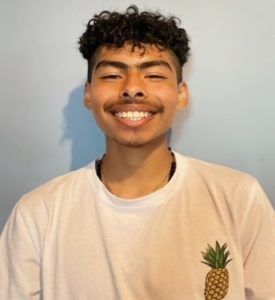
In the classroom, Moreno says, public health topics are integrated into the coursework beyond science. He recalls one project on the topic of HIV.
“For English, we read a book, but it was about HIV. In math, we were using data about how many people in a certain place have HIV compared to people in other places. In science, we talked about cells and stuff like that,” explains Moreno.
This summer, he plans to attend a one-week program at the University of California at San Francisco to learn more about the brain. Moreno does plan to attend college, but says he is not sure yet what he wants for a career.
Representing Oakland’s Diverse Population
Former Oakland High School student Hui Qiao Wu says her interest in becoming a nurse was sparked by her first internship at a local hospital as part of her public health pathways program.
The 20-year-old Wu is currently studying nursing at the University of California at Los Angeles. “Getting exposed to health care at a young age, it kind of just got into the genes,” says Wu. Once she becomes a nurse, she plans to work in Oakland. “Why wouldn’t I?” asks Wu. She adds, “Especially when we are in desperate need of more people from Oakland to serve Oaklanders.”
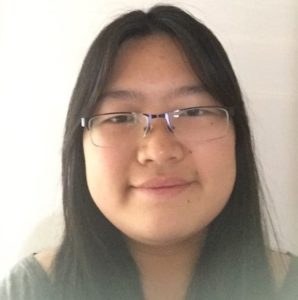
Wu says health care workers often do not reflect Oakland’s diverse population. Wu—who moved from China to the U.S. when she was seven years old—recalls a personal experience when she was asked to translate for a woman in the ER who did not speak English and had burned her arm with boiling water.
The woman relayed that she used egg whites to help cool the burn. Wu recalls the hospital staff member attending to the woman was not Asian. “Even though the staff member didn’t mention it, I kind of saw the confusion in her eyes. ‘Egg whites? Why? Why?’” Wu recalls.
She, herself, saw the egg whites as a cultural remedy. “I kind of understood why she used egg whites to cool it off because it’s kind of like common sense among us that egg whites have a healing, cooling effect,” says Wu. It’s those barriers between health care provider and patient that Wu hopes to erase.
Hiring health care providers who reflect the community they serve is not lost on employers engaged in the pathway programs, notes Stanton. “It’s not just a kind of nice thing to do, it’s ‘We really need to do this if we, as an industry, are going to survive and thrive and do well by the people that we serve,’” adds Stanton.
That kind of partnership links back to what Johnson-Trammell describes as the mission to create high quality community schools. “This provides an alternate way of thinking about the high school experience. And I feel in many ways that we are just getting started.”

